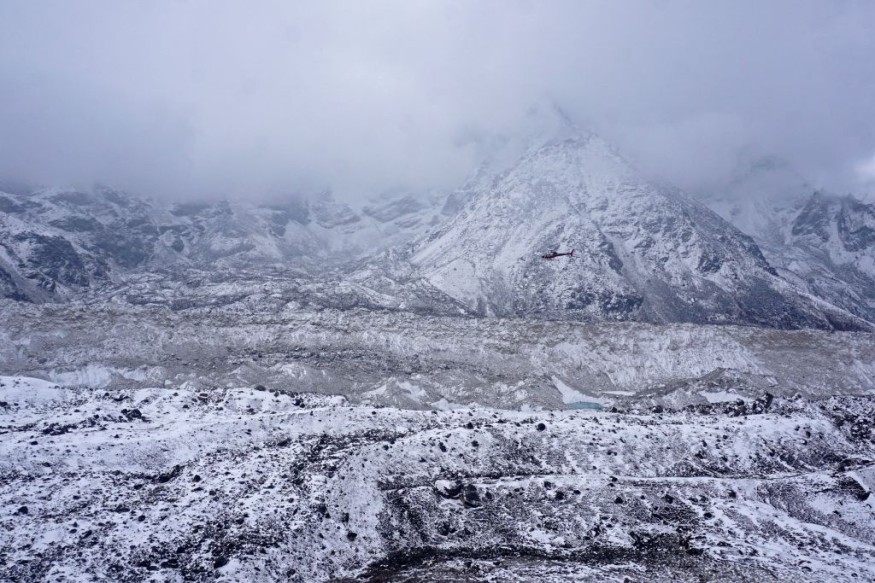Mount Everest, Earth's highest mountain or point above sea level, is a famous site for trekking enthusiasts due to its peak reaching approximately 8,800 meters (29,000 feet).
With its summit bordering Nepal's Khumbu region and China's Tibet region, Everest is situated in the Mahalangur Himal sub-range of the Himalayas Mountain range.
Also called Chomolungma or Sagarmatha, the world's tallest mountain is around 60 million years old and grows almost 1 meter each year, a rate which changes from time to time due to various factors, including ice melt caused by global warming.
In 1953, New Zealand's Edmund Hillary and Sherpa Tenzing Norgay were the first people to reach the mountain's summit.
Despite its popularity, Mount Everest is also a place with treacherous weather conditions, in addition to falling being the primary risk of expeditions.
In recent decades, however, strange noises by nightfall that blanket the mountain adds to the mountain's unsettling environment.
For a long time, no one knows where the eerie sounds were coming from until recent years.
A study led by scientists from Japan and Nepal determined that the Mount Everest night noises are caused by "nocturnal thermal fracturing" due to a sudden temperature drop when the Sun goes down, causing ice and glaciers to crack.
The discovery debunks long-stranding myths and urban legends about the mountain, including the abominable snowman or the Yeti.
Mount Everest Night Noises

The study was published in the journal Geophysical Research Letters, wherein researchers from Hokkaido University's Arctic Research Center in Sapporo, Japan, and other institutions explained the nature of the Mount Everest night noises or ambient seismic noises.
The research team described the noises as tiny vibrations coming from the said nocturnal thermal fracturing of ice in one of the world's most glacierized regions.
The findings were made possible after the team installed a seismic network at high-altitude sites, which allowed them to discover that "diurnal air temperature"i nfluences the glacial seismic noise.
Also Read: Human Feces Threaten Mount Everest
Nocturnal Thermal Fracturing
The seismographic data from the study shows that the sudden nightly temperature drops, due to Mount Everest's high-altitude glaciers, are the main cause of the nocturnal thermal fracturing, which produces sounds similar to "crashing and splintering noises," the Daily Mail reported.
In particular, the exposed surface of a thin glacier is vulnerable to thermal contraction as soon as the temperatures cool.
Meanwhile, thick glaciers seem not to suffer from such thermal stress, according to the study.
Mount Everest Temperatures
There is no specific temperature measured that would trigger the howling noises at night on the mountain.
However, it has been known that temperatures leading to the peak can be life-threatening for climbers.
According to the website Peak Climbing Nepal, temperatures on Everest can plummet as low as minus 42 degrees Celsius, apart from its average temperature of minus 19 degree Celsius during summer and minus 36 degree Celsius during winter.
Related Article: Grass Grows Around Mount Everest as Global Heating Intensifies
© 2026 NatureWorldNews.com All rights reserved. Do not reproduce without permission.





